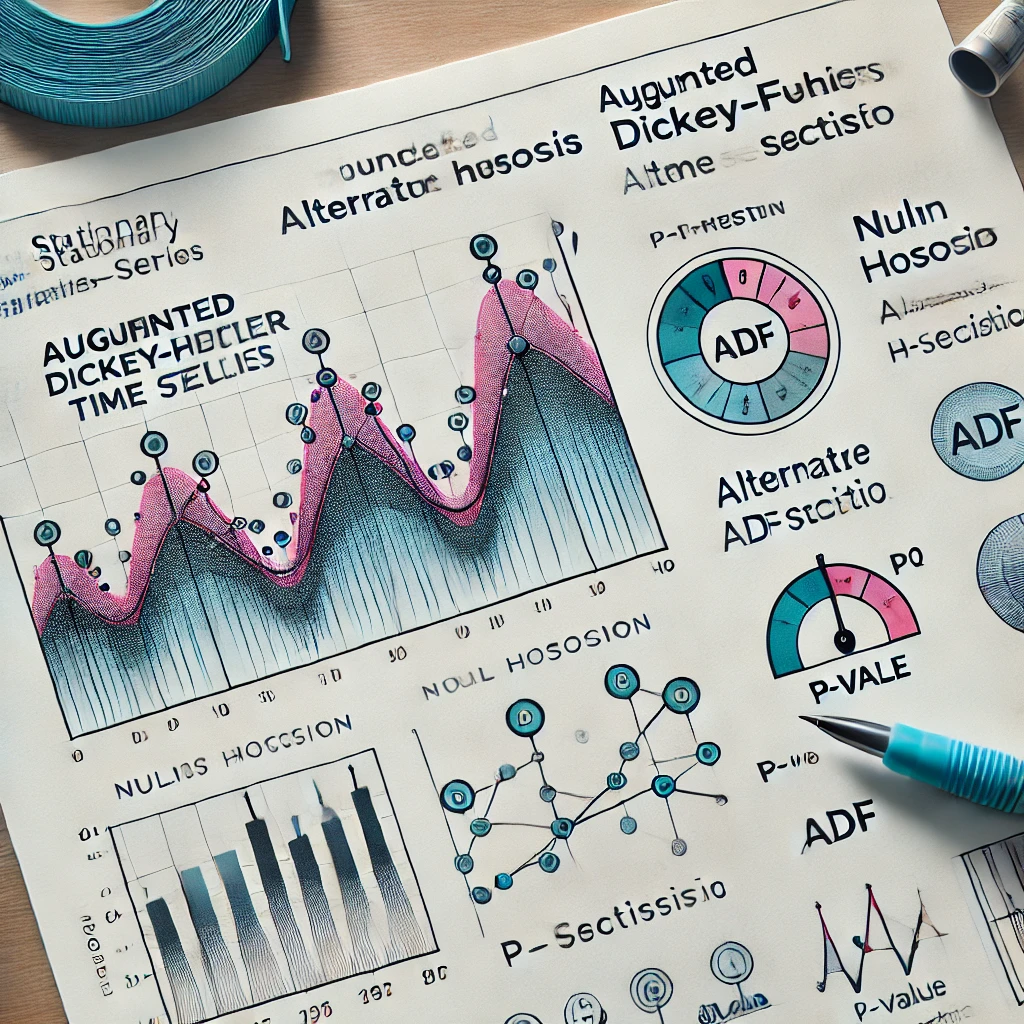Exploring Generative Adversarial Networks (GANs) - The Power of Unsupervised Deep Learning
Welcome back to another episode of 'Continuous Improvement,' where we delve into the latest advancements in technology and their implications. I'm your host, Victor Leung. Today, we're exploring a fascinating and transformative technology in the field of artificial intelligence—Generative Adversarial Networks, commonly known as GANs.
GANs have revolutionized unsupervised deep learning since their introduction by Ian Goodfellow and his team in 2014. Described by AI pioneer Yann LeCun as 'the most exciting idea in AI in the last ten years,' GANs have found applications across various domains, from art and entertainment to healthcare and finance.
But what exactly are GANs, and why are they so impactful?"
At its core, a GAN consists of two neural networks—the generator and the discriminator—that engage in a dynamic and competitive process. The generator's role is to create synthetic data samples, while the discriminator evaluates these samples, distinguishing between real and fake data.
Here's how it works: The generator takes in random noise and transforms it into data samples, like images or time-series data. The discriminator then tries to determine whether each sample is real (from the actual dataset) or fake (created by the generator). Over time, through this adversarial process, the generator learns to produce increasingly realistic data, effectively capturing the target distribution of the training dataset."
This leads us to the exciting part—applications of GANs. Initially, GANs gained fame for their ability to generate incredibly realistic images. But their utility has expanded far beyond that. For instance, in the medical field, GANs have been used to generate synthetic time-series data, providing researchers with valuable datasets without compromising patient privacy.
In finance, GANs can simulate alternative asset price trajectories, helping in training machine learning algorithms and testing trading strategies. This capability is crucial for scenarios where real-world data is limited or expensive to obtain.
The creative possibilities are also remarkable. GANs can enhance image resolution, generate video sequences, blend images, and even translate images from one domain to another, like turning a photo into a painting or a sketch into a detailed image. This technology is not just about creating data—it's about transforming and understanding it in new ways."
Of course, no technology is without its challenges. GANs can be tricky to train, often requiring careful tuning to prevent issues like training instability or mode collapse, where the generator produces limited variations of data. Moreover, evaluating the quality of the generated data can be subjective, posing another challenge for researchers.
However, the future looks promising. Advances in GAN architectures, such as Deep Convolutional GANs (DCGANs) and Conditional GANs (cGANs), are already improving the stability and quality of generated data. As the field continues to evolve, we can expect even more robust and versatile applications of GANs.
In summary, GANs represent a groundbreaking leap in unsupervised deep learning. Their ability to generate high-quality synthetic data opens new possibilities in research, industry, and beyond. As we continue to explore and refine this technology, the potential for innovation is immense.
Thank you for joining me on this journey through the world of GANs. If you found today's episode insightful, don't forget to subscribe and share with others who might be interested. Until next time, keep pushing the boundaries of what's possible in the world of AI and technology. I'm Victor Leung, and this is 'Continuous Improvement.'






